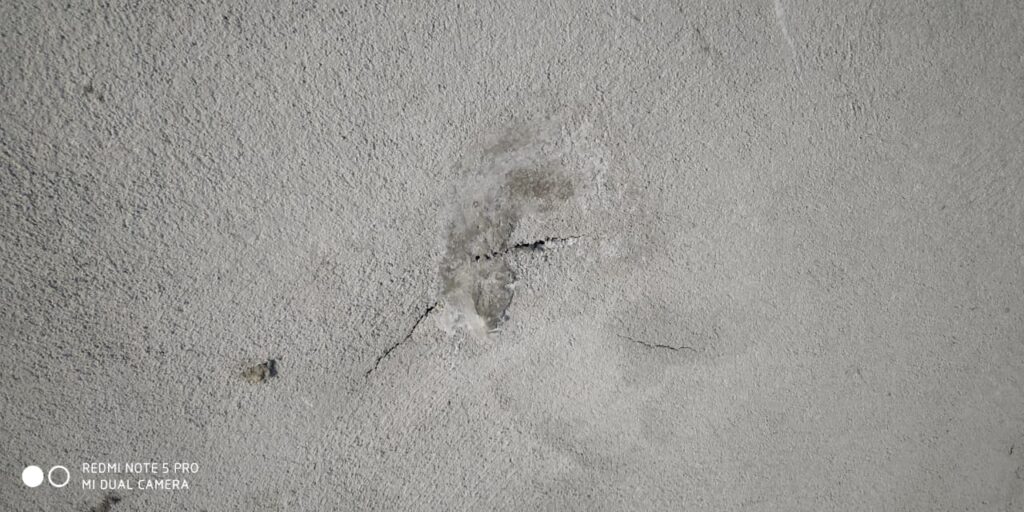The first step in repairing cracks is cleaning them out.
How to fix cracks in plaster walls in india.
This explanation will helps you to address the root causes while constructing any other building.
Expert advice and detailed instructions on repairing the most common plaster wall and ceiling problems including cracks holes and sagging.
Expansion and contraction of the wood studs as they shrink and expand with changing humidity levels can cause the plaster to crack.
The plaster keys holding it to the underlying lath can also crack and break over time causing the plaster to partially separate from the wall.
Cracks in plaster walls are generally caused as a result of settlement vibration or atmospheric conditions but some may due to faulty construction.
However if the plaster separates from the lath or the structure of the wall it s called blown plaster and it requires a more extensive repair.
With plaster your best bet is to preserve the existing plaster and to fix it rather than tearing it out.
Generally caused by the natural settling of a house over time you can repair.
Most wall cracks can be remedied by re taping drywall joints.
There are a couple of reasons why cracks can form in plaster walls.
Cracks occur for a variety of reasons many of which are simply the natural reactions of plaster compounds and building materials.
In the case of larger cracks with plaster falling out remove the damaged plaster to reveal the binding course.
Here s how to tell and fix them.
How to fix cracked walls permanently.
Whether found in drywall plaster or concrete a crack in a wall is an eyesore.
Sometimes though cracks in walls signify a larger problem.
Cracks can appear for a number of reasons.
Knock old plaster through keys in the lath to establish a better binding course for the new plaster to adhere to image 2.
For more about how plaster walls are built see plaster wall construction over time these.
Some like a small hairline crack usually aren t a big deal.
Use a five way tool or other scraping device image 1.
No matter what the cause.
Plaster applied to wood lath is held in place by the keys that form when it squishes through the lath.
Plaster walls by contrast are constructed of two layers.
Ripping out chunks of plaster often becomes a seemingly endless process with one chunk leading to another chunk.

